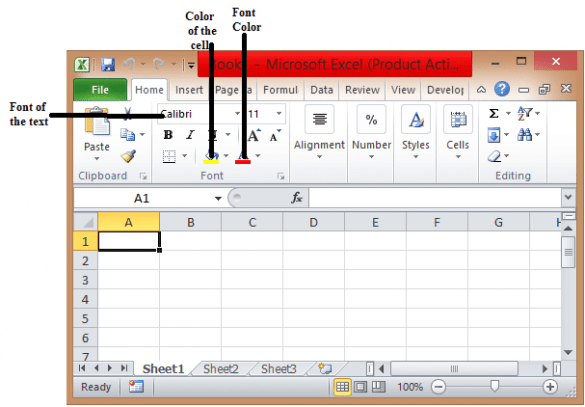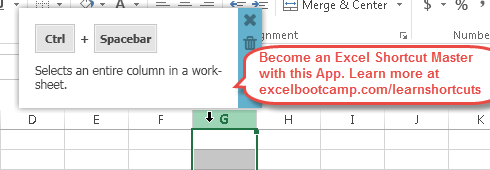3 Ways to Reference Entire Sheets in Excel Quickly

Referencing entire sheets in Microsoft Excel can significantly streamline your workflow, especially when dealing with large datasets or complex calculations. In this comprehensive guide, we'll explore three efficient methods to reference entire sheets in Excel, each catering to different needs and scenarios. Understanding these methods will empower you to enhance your data analysis and manipulation capabilities within Excel.
Method 1: Using Sheet Names

One of the most straightforward ways to reference an entire sheet in Excel is by using the sheet name. Here’s how you can do it:
- Right-click on the tab of the worksheet you want to reference.
- Click on “Rename” and give your sheet a recognizable name.
- To reference this sheet in another cell or formula, use the syntax SheetName! followed by the cell range you’re interested in. For the whole sheet, you would type something like Sheet1!A1:ZZ1048576.
Example:
=Sheet1!A1:ZZ1048576Here’s how you might use this method:
📌 Note: When you rename a sheet, ensure the name does not include spaces or special characters except for underscores (_). Also, keep the sheet name to 31 characters or less for compatibility with older Excel versions.
Method 2: Absolute References with the Sheet Name

Another efficient way to reference an entire sheet, particularly useful in formulas, involves using absolute references with the sheet name:
- Select the cell where you want the reference to start.
- Press F4 to toggle the cell reference to absolute (adding signs). For an entire sheet, you might start with cell A1.</li>
<li>Type the sheet name followed by an exclamation mark, then the absolute reference:</li>
</ul>
<pre><code>='Sheet1'!A1:ZZ$1048576
This method is particularly useful when you want to:
- Create a summary sheet that pulls data from multiple sheets.
- Perform calculations that require referencing entire sheets without individual cell references.
📌 Note: Absolute references are vital in preventing Excel from automatically changing cell references when formulas are copied or when sheets are moved or renamed.
Method 3: VBA Macro for Referencing Entire Sheets

If you’re comfortable with macros, Visual Basic for Applications (VBA) can provide an automated solution for referencing entire sheets. Here’s a simple macro to do just that:
Sub ReferenceEntireSheet() Dim ws As Worksheet Set ws = ThisWorkbook.Worksheets(“Sheet1”)' Reference the entire sheet Dim entireSheet As Range Set entireSheet = ws.UsedRange ' You can now work with the entire sheet Debug.Print entireSheet.Address(ReferenceStyle:=xlA1, RowAbsolute:=True, ColumnAbsolute:=True)End SubThis VBA macro references an entire sheet by using the UsedRange property, which gives you the range containing data or formatting.
- Open the Visual Basic Editor (Press Alt + F11).
- Insert a new module and paste the above code.
- Adjust the sheet name (“Sheet1”) to match your worksheet name.
- Run the macro by pressing F5.
📌 Note: Ensure macros are enabled in your Excel settings, as they can significantly enhance productivity when used correctly.
Conclusion

Understanding how to quickly reference entire sheets in Excel can transform your data management tasks from tedious to effortless. Each method outlined above provides a different approach to suit various Excel user needs:
- Directly referencing by sheet name is straightforward for basic operations.
- Using absolute references offers flexibility for complex formulas and data aggregation.
- VBA macros provide automation, making it easier to work with large datasets or perform repetitive tasks.
Whether you’re compiling data from multiple sheets, conducting comprehensive analyses, or automating complex calculations, these techniques will help you save time and increase efficiency. Start incorporating these methods into your Excel toolkit to streamline your work and boost productivity.
Can I reference multiple sheets at once using these methods?

+The first two methods work well for individual sheets. For referencing multiple sheets simultaneously, you might need to use more complex formulas or employ VBA scripting for automated multi-sheet referencing.
How do I prevent Excel from changing sheet references when I copy formulas?

+Use absolute references. By locking the reference using the $ sign, you tell Excel to keep the reference static when copied or when sheets are moved.
What are the limitations of the ‘UsedRange’ in VBA?

+‘UsedRange’ can sometimes include cells that were previously used but are now empty. This can lead to larger ranges than expected, potentially affecting performance or macros’ output if not managed carefully.